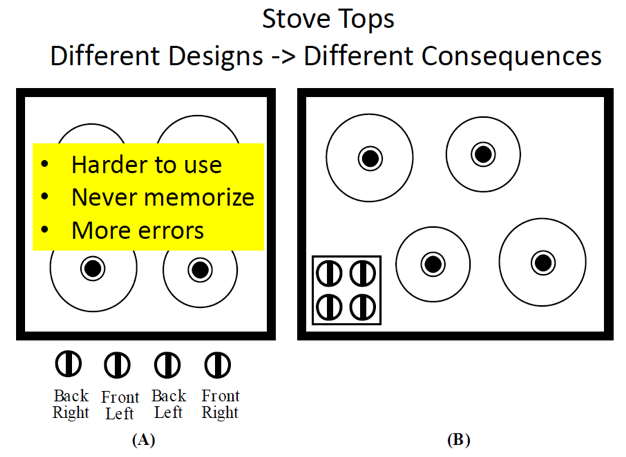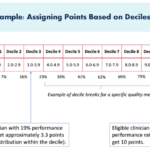Last week I received a call from the COO of our local community hospital. “CPOE is killing us Terry,” he began. “Physician adoption has been abysmal.” Of course, this is not a local problem, but one that is playing out on a national stage.
Adoption woes
Last year Brad Carter shared his experience with CPOE. Interestingly hospitals face a dilemma not unlike one faced by dialysis facilities. Typically, everyone in these locations works for the hospital or the dialysis facility. The lone exception is the physician. Think about that for a minute. When a nephrology practice decides to implement an EHR, the nephrologists plan to spend their time and resources doing so. On the other hand, when nephrologists step into the hospital (or dialysis facility), they enter an environment where the decision to acquire technology may not have directly included them.
In my experience, there are two principle barriers to adoption in this setting. The first is habit or change management. Continuing with the CPOE example, if you have been hand writing orders for the past 20–30 years, moving to an electronic system for order entry will be remarkably painful. The second challenge is usability, the focus of this post. Let’s face it, EHRs have not received high marks in the area of usability.
Usability defined
What do I mean by the word usability? It starts with user-centered design. Take a look at the figure below from a presentation made by Dr. Jiajie Zhang. Dr. Zhang is the director of ONC’s Strategic Health IT Advanced Research Projects (SHARP) program, which is dedicated to improving EHR usability. Zhang also serves as the interim dean for the University of Texas School of Biomedical Informatics in Houston. The example in this figure compares two designs for a simple stove top. The one on the left requires the user to think twice about which knob controls which burner. The design on the right is substantially more intuitive.
A nod to user-centered design
Of course EHRs are more complex than the typical kitchen appliance, but the concept of user-centered design is extremely important as we contemplate barriers to adoption. This fact has not been ignored by ONC. Every EHR vendor in the land is currently chasing Stage 2 meaningful use certification. Giving a nod to usability, ONC has established a requirement for EHR vendors to report the user-centered design process they employ as part of the 2014 Stage 2 certification program. The requirement applies to eight of the Stage 2 certification criteria. My friend the hospital COO will be delighted to know CPOE is one of the eight.
Usability is an important and very challenging concept. Like beauty, one might say usability is in the eye of the beholder. Usability requires a detailed understanding of human interaction and substantial attention to work flow among many other things. By focusing on the process, I think ONC is taking the correct path. The alternative would have been to mandate specific usability standards, but mandates have a way of stifling innovation. Time will tell if the new requirements create the desired impact. But coupled with market pressures, my sense is user-centered design will soon receive the attention it deserves—no longer the exception, but becoming the rule.



RG says
Let the user decide. At the bank ATM, the computer gives me stove top (b). It knows my preference based on my prior choices. It provides me the options I have previously chosen. It is very quick and elegant. If EMR user A always goes for the progress notes first—put that link up first, front and center. If user B always goes for the most recent labs–put the most recent lab link front and center. I think this is what is missing in most, if not all EMRs. Each individual thinks a bit differently, so you could have stove (a) for person (a), and stove (b) for person (b). The computer can learn to display (a) or (b) based on what it learned from a prior interation with the user.